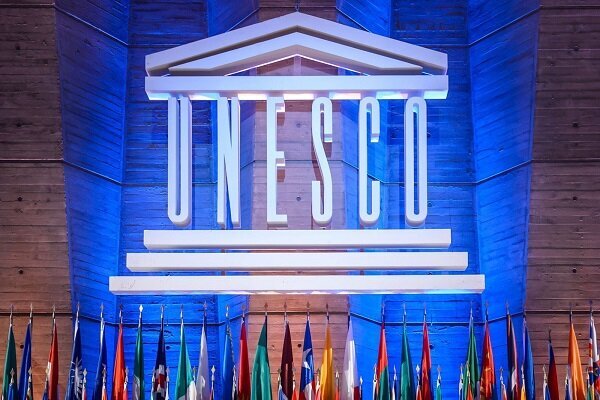Trans-Iranian Railway, Cultural Landscape of Uramanat set for UNESCO world heritage bid

TEHRAN – Trans-Iranian Railway, and the Cultural Landscape of Uramanat will be Iran’s preferred nominations for UNESCO World Heritage site status.
The properties have previously been assessed by visiting panels of experts from the UN body and will formally be evaluated during the 44th session of the World Heritage Committee, which will be held in China’s Fuzhou from July 16 to 31.
The north-south railway reaches a length of 1400 km, and the cultural landscape, which is shared between the provinces of Kordestan and Kermanshah, holds 700 villages, 106,000 hectares of land, and 303,000 hectares of surrounding properties.
Last September, Hessam Mahdi, the representative of the International Council on Monuments and Sites (ICOMOS), announced that the case for the inscription of the Uramanat cultural landscape on the prestigious list had been well prepared and he was “impressed” by the status of the rural landscape. He made the remarks on the sidelines of a visit to the western province of Kermanshah. “I am proud of being chosen to assess the case and traveling to Iran as I could visit the local people in the region,” he said.
Stretched on the slopes of Sarvabad county, the rural area embraces dense and step-like rows of houses in a way that the roof of each house forms the yard of the upper one, a feature that adds to its charm and attractiveness. As the cultural landscape covers 300 villages and in terms of architecture and landscape, it is one of the most beautiful and presentable heritages in the world.
Local officials believe that inscription of the property on the prestigious list of the UN body could jumpstart tourism in the region and also look at it as a tool for better conservation of its natural landscapes and unique cultural scenes for the next generations, saying its unique rural texture, architecture, lifestyle, and agriculture is a prominent example of the integration of man into nature.
The introduction of modern industries and the true effects of modernism on Iran began with Fatali Shah and Naserolddeen Shah’s travels to Europe but was seriously expanded only during the rule of Reza Shah. The period of transfer from an agricultural to an industrial society in Iran happened because of: Amir Kabir’s activities including the establishment of a poly-technique school called Darolfonun in Tehran, introduction of electricity and modern industries in a European style, appearance of modern methods and instruments, growth of technology, mass production of goods by big industries in new spaces, arrival of new modes of communication such as post and lastly a huge change in intercity relations because of railways. The idea of railway construction in Iran initially emerged in the second half of the 19th century during the Qajar era as a result of the expansion of political and cultural relations between Iran and Europe.
The railway can be regarded as a turning point for comprehensive developments in Iran. These developments include a wide spectrum of various economical, commercial, social, cultural, and even political aspects in a sensitive and important period of contemporary world history. Under the Pahlavi regime, the process of moving towards modernism gained momentum and the railway became the main pedestal of development in Iran.
Consequently, the 1394 kilometers long trans-Iranian railway was built with a width of 1435mm and 90 working stations along its route. It starts at a point north of Torkaman port located southeast of the Caspian Sea. After going through Sari and Qaem-Shahr cities, the railway enters the mountainous region of Alborz through the high Firooz-kooh Pass which is linked with Tehran and Varamin Plain by numerous bridges and tunnels. Further on after crossing the flatlands of Qom and Arak, the trans-Iranian railway penetrates Zagros highlands in Lorestan Province and passing through a large number of tunnels and bridges reaches Andimeshk situated in the low Kuzestan Plain. Finally extending to the vicinity of Dezful, Ahwaz, and its grand bridge on Karoon, the trans-Iranian railway is divided into two branches ending separately at Khoram-Shahr and Imam-Khomeini ports on the Persian Gulf.
AFM
Leave a Comment